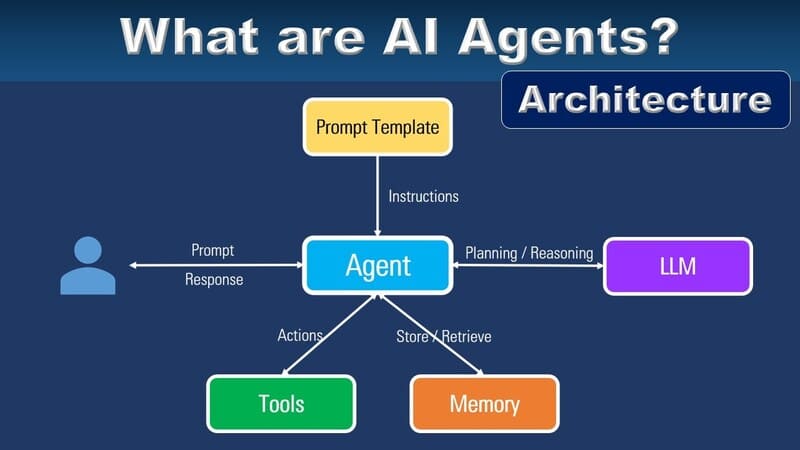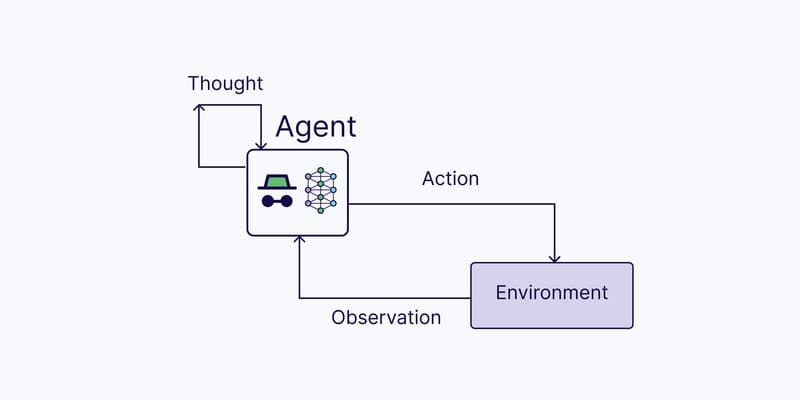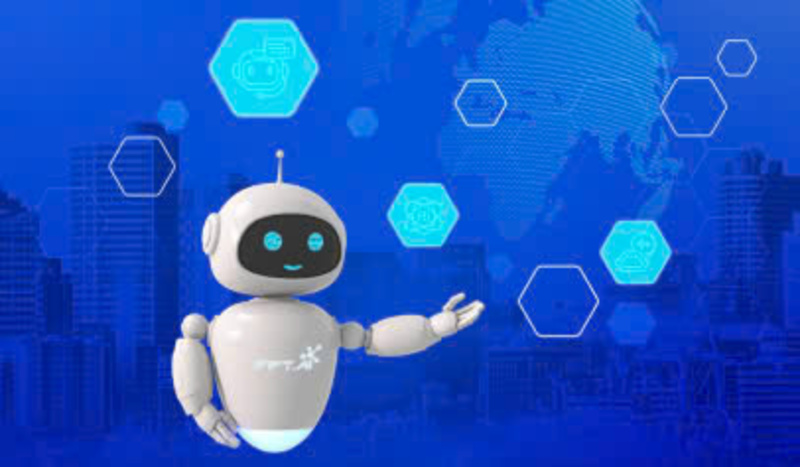In these times, conducting a large number of files/documents to process information is one of the most challenging problems for businesses. Although this work seems simple, it takes a lot of effort, time and money. OCR technology was invented as an impactful assistant to handle documents, creating a revolution in automated operation.
According to the market research company IDC, large enterprises and corporations lose about 20-30% revenue each year due to ineffective operational processes, and document handling is one of the direct reasons for it. To survive and develop in the digital age, many companies and corporations are quickly capturing and applying Optical Characteristic Recognition (OCR) to their operational processes and ease the burden of manual data entry.
How does OCR work?
Pre-processing: Firstly, images of documents are converted into binary images (consists of grids, or pixels). Then OCR software identifies the areas to process. The main purpose of this step is to improve images and enhance the accuracy of the process.
Character recognition: Character recognition is the most important feature. When extracting information, the software scans patterns and identify what characters they are.
Post-processing: The accuracy of OCR might be improved if the output is limited by a dictionary, a list of words allowed to appear in documents. OCR’s algorithm will scan the words in the dictionary. Without this step, OCR will create nonsense and have a low level of accuracy.

How useful is OCR?
Optical Character Recognition plays a crucial role to increase the speed of document processing. OCR was invented in the late 20th century and rapidly used in many fields due to its high applicability. OCR not only converts text but also works with symbols, serial numbers (license plate, card number, customer code, etc.) or the codes that have both numbers and letters, etc. Thanks to OCR, many paper-based documents can be converted into digital format in just a few seconds.
Banking is one of the pioneering industry of OCR. This sector has the highest need for automation because of the huge customer database and a large number of documents. Besides reading cheque numbers, account numbers, OCR can extract customer information in an ID Card to open a card in just some minutes. All employees need to do is to put documents into the scanner and let OCR do the rest of the work. Customer data is collected, searched, indexed and retrieved quickly.

When humans enter data manually, there may be a great chance of mistakes. It is the root cause of data errors and inaccurate data analysis. According to a study on data quality by Experian, 61% of companies say that mistakes made by humans are their problems. Since OCR appeared, it has simplified the tedious data entry job, enhanced the accuracy and reduced errors caused by manual data entry.
Moreover, OCR not only helps businesses save the cost of human resources, free employees up from boring, repetitive jobs but also provides customers speedy, accessible services to improve customer satisfaction and create a good impression of brands.
The challenges of OCR technology
OCR can collect and extract data from invoices, receipts, orders, etc. by image pre-processing, character recognition and word, block, sentence matching. However, OCR technology alone is not enough to understand the context and the meaning of extracted contents.
In response to this challenge, OCR technology integrated with Artificial Intelligent can extract precisely the value information in invoices, paper-based files and documents. Besides printed text, smart OCR can analyze and read handwriting.

OCR cooperates with smart algorithms of AI to search for specific items such as date, invoice, personal information in identity documents (ID Card, passport, driver’s license, etc.) Therefore, systems with smart OCR can analyze thousands of documents in a few minutes.
Automating data collection and data entry by OCR technology optimizes the organizational structure, boosts efficiency and business growth. An appropriate data collection method will help companies create more substantial and sustainable value.
Currently, in the market, one of the products with OCR technology that have the highest precision is FPT.AI Vision developed by the Technology Department of FPT Corporation. It is a solution to identify and extract information in ID Card, driver’s license with up to 98% accuracy, the leading product in the market of identification quality.
FPT.AI Vision digitizes identity documents, recognizes customer information more quickly and accurately, reduces the waiting time, thereby increasing customer satisfaction and cutting off the cost of human resources, the time of data entry and correction. Thanks to APIs, FPT.AI Vision can be integrated easily into any systems of businesses in a brief time and bring a consistent experience to customers.
————————————————————————-
?Experience advanced OCR technology at https://fpt.ai/vision-en
☎ Hotline: 0911886353
? Email: support@fpt.ai

















